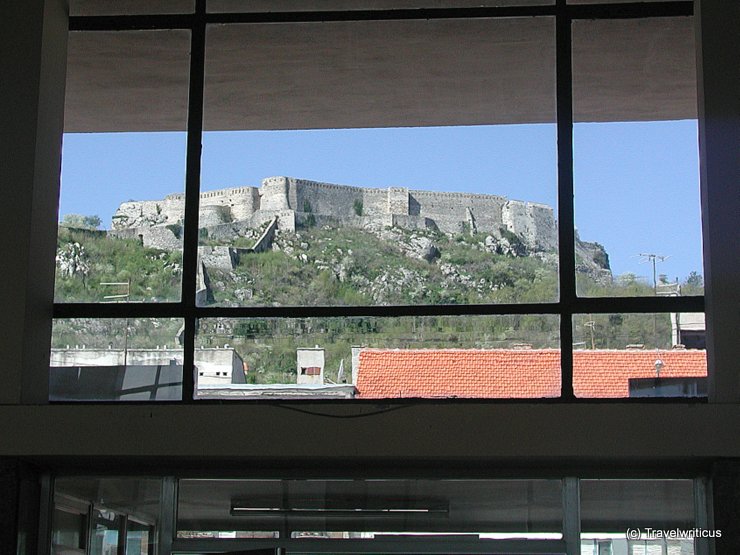
Knin Fortress is considered the second-largest fortress in Croatia. Its construction started in the 9th century. Today, you see it in a state brought up in the 17th and 18th centuries. In one of its buildings, you find the Knin Museum.
Browse through your travel destination!

Knin Fortress is considered the second-largest fortress in Croatia. Its construction started in the 9th century. Today, you see it in a state brought up in the 17th and 18th centuries. In one of its buildings, you find the Knin Museum.

Český Šternberk Castle (Hrad Český Šternberk) is a castle of the mid-13th century and is considered one of the best preserved Gothic Bohemian castles. The castle offers a rare collection of 500+ copper engravings depicting the history of the Thirty Years’ War.
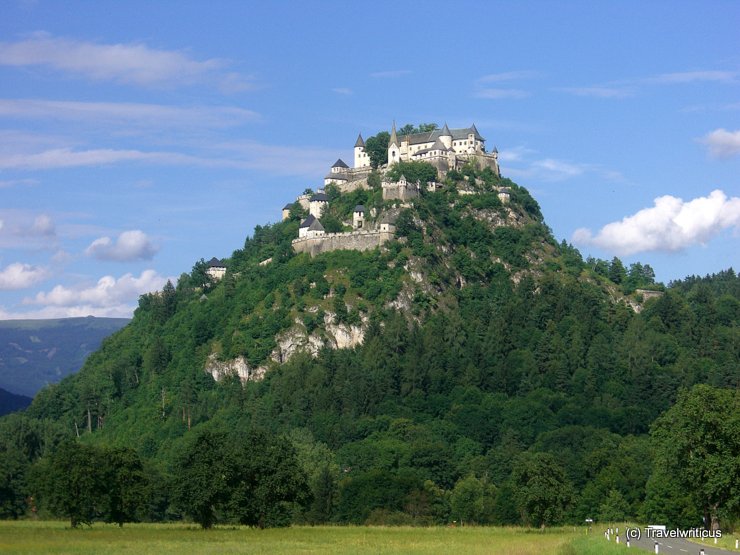
Hochosterwitz Castle (Burg Hochosterwitz) stands on a 170-metre-high Dolomite rock near St. Georgen am Längsee. In earlier times, no less than 14 gates protected the castle top from intruders.
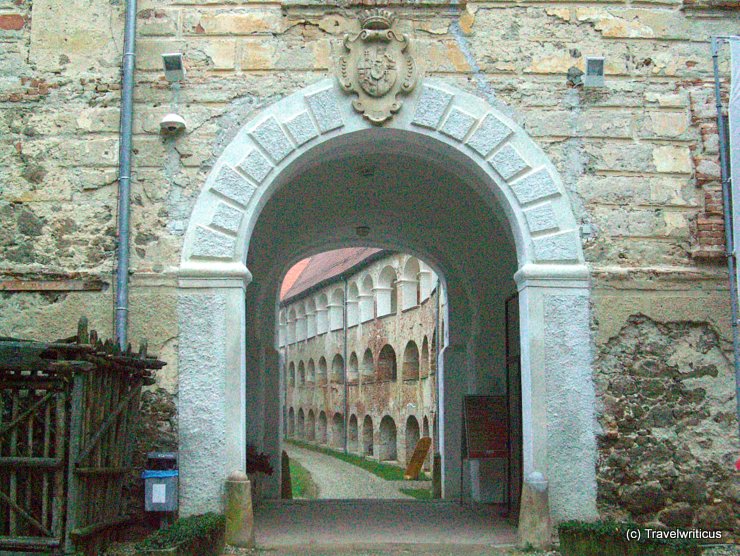
The open gate of Grad Castle in Goričko offers a view of the arcade court. After getting in, visitors are surprised by a small forest in the middle of this court. Fun fact: Grad is the Slovenian term for castle. So the name of this castle is just castle.
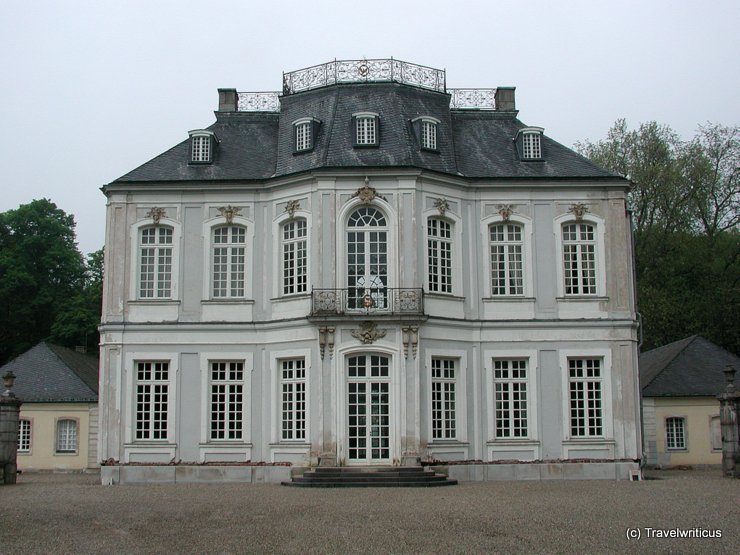
Schloss Falkenlust (Falkenlust Palace) was built from 1729 to 1740 as a hunting lodge. It is part of an ensemble with Schloss Augustusburg connected by a big garden. Both of them are part of the UNESCO World Heritage list.
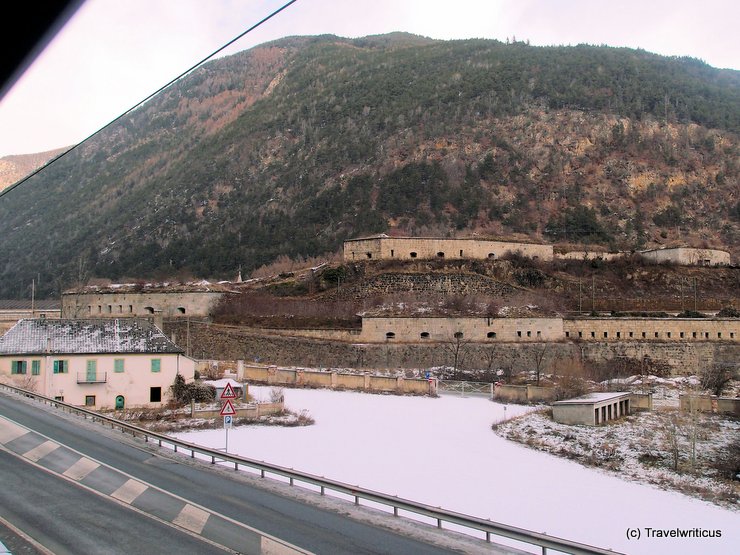
During a train journey from the Brenner Pass to Bolzano, passengers pass the former Austrian fort Franzensfeste (Forte di Fortezza). Its name originates from the Austrian Emperor Franz I. The fortress saw its completion in the first half of the 19th century.
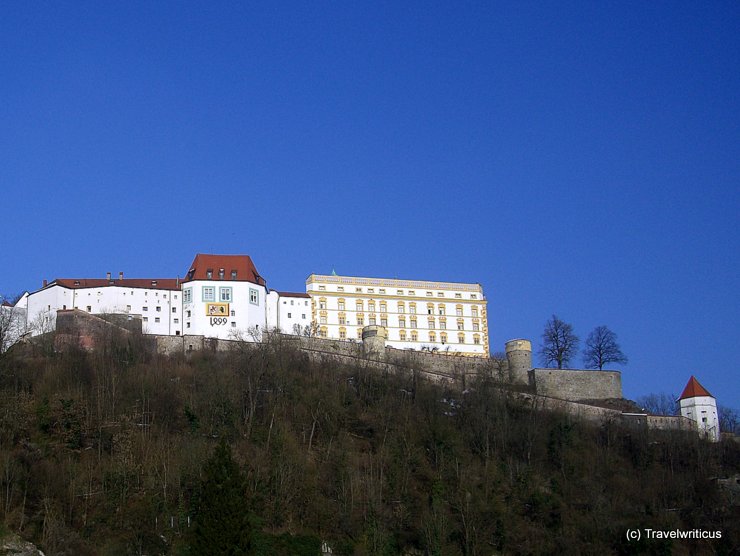
Visitors experience this view of Oberhaus Fortress (Veste Oberhaus) from the main square in Passau. The fortress itself offers an even more intriguing view: You see the three rivers of Passau in their different colours: Danube (Blue), Inn (Green) and Ilz (Black).
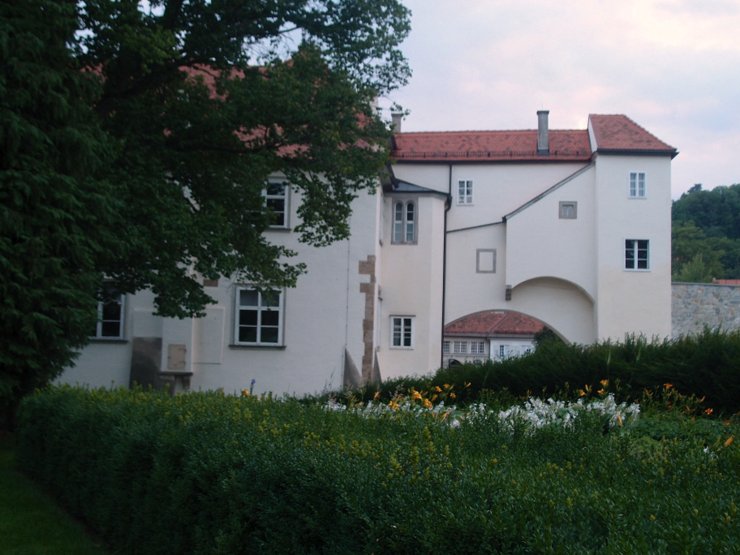
The construction of Graz Castle (Grazer Burg) started in 1438 by Duke Friedrich V. The pic was taken from the Burggarten, a hidden park just outside the old walls of Graz. The castle offers several intriguing elements, e.g. engravings showing the motto A.E.I.O.U.

Sümeg Castle (Sümeg Vár) is considered one of the most well-preserved Hungarian fortresses. It was built in the mid or late 13th century by Béla IV of Hungary. Today, the castle on top of a hill high over Sümeg is a venue for tournaments and cultural events.
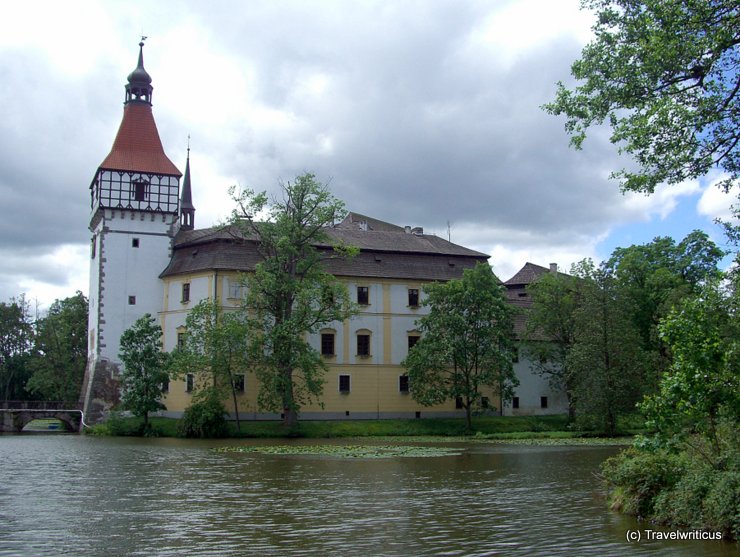
Blatná Castle (Zámek Blatná) dates back to 1235. The building with a moat stands next to an English landscape park. Visitors find salons in the styles of Oriental, Rococo and Empire. One room displays the connection between a former castle owner and Ethiopia.
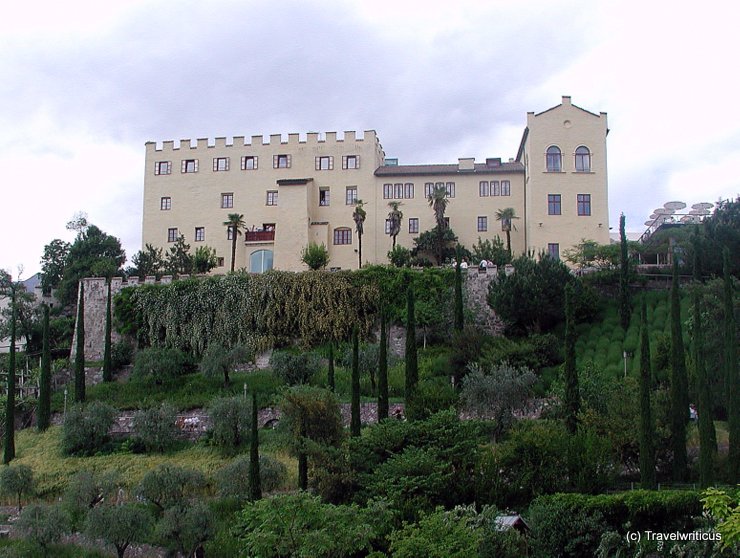
Trauttmansdorff Castle (Schloss Trauttmansdorff) in Merano offers a lush garden with about 80 different areas and a view of the Alps. Inside the castle, a museum tells about tourism in the alpine region of South Tyrol.
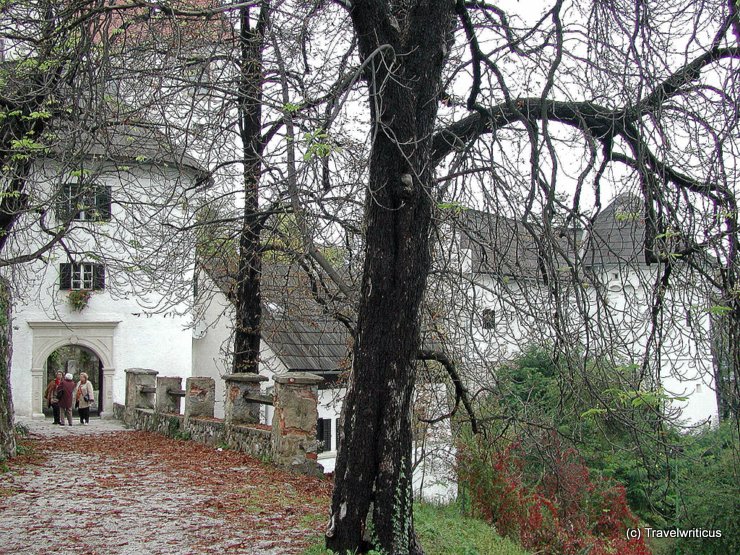
Velenje Castle (Velenjski grad) is a well-preserved castle high over the Slovenian city of Velenje. It offers an interesting museum inside. For example, you see the reconstruction of an old grocery shop and the remains of two mastodons.